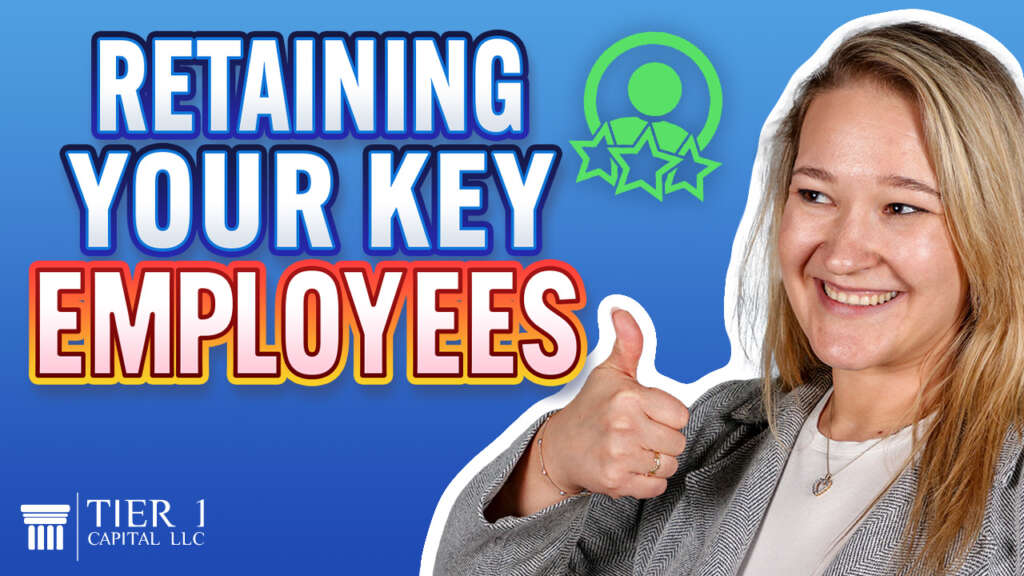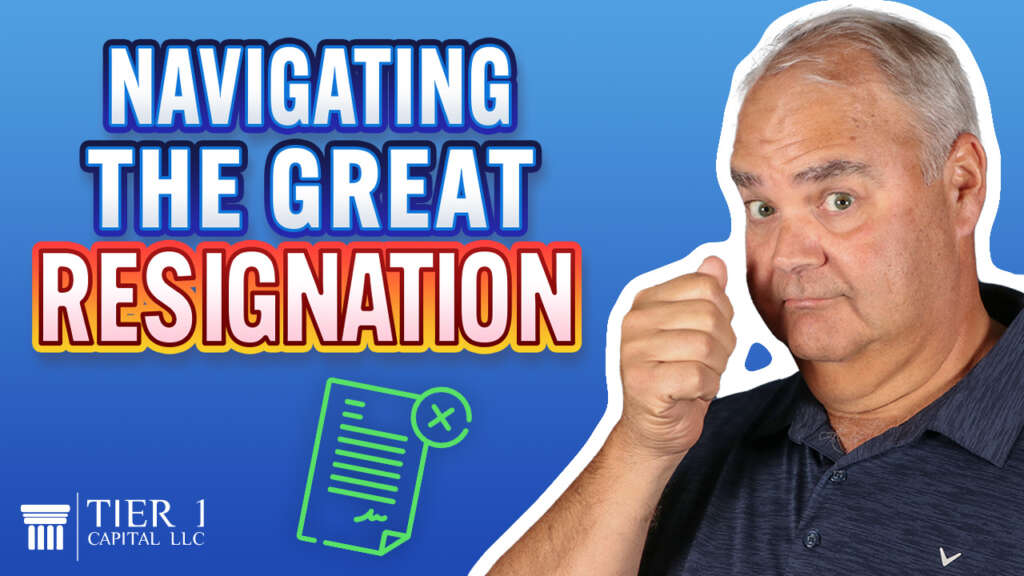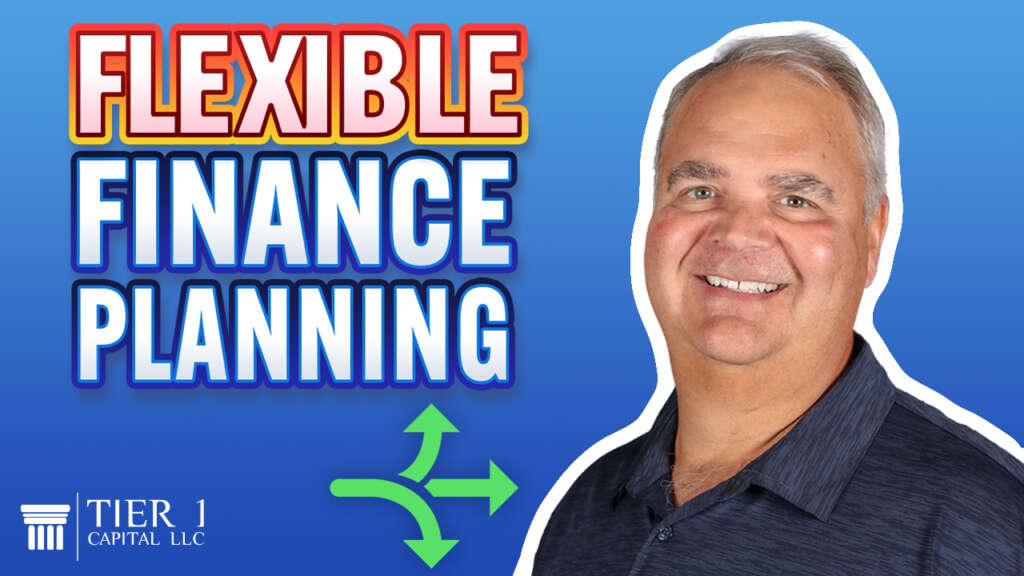Have you heard that Apple recently launched a new high-yield savings account? This type of account is a great way to earn higher interest on your savings because let’s face it,
we all need a savings account to have liquid cash readily available exactly when we need it.
Hi, I’m Olivia Kirk and I’m Tim York. We’re from Tier 1 Capital, and we’re here to show you how to regain control of your money. For the best advice on controlling your cash flow, be sure to subscribe to our channel. And don’t forget to hit that bell to be notified when we upload new videos twice every single week.
So Apple recently announced a new high-yield savings account that currently is crediting 4.15% APY. This is very competitive, especially compared to other high-yield savings accounts. And you may be wondering, “What even is a high-yield savings account and how could I leverage it? My bank is paying me point nothing on my savings and they’re charging me fees every once in a while.” Well, a high-yield savings account is a type of savings account that has some restrictions. For example, they may say, “You could only withdraw a certain amount of money or a certain number of transactions each and every single month. But in return, you’ll earn a higher rate of return on your savings.” So, this is a great tool to leverage if you’re saving in a savings account and need access to money within the very short term (you might as well be earning a higher interest if you’re saving anyway).
But how does this compare to a specially designed whole life insurance policy designed for cash accumulation? One key difference between a high-yield savings account and a specially designed life
insurance policy, in the beginning, you will definitely have more cash available in the high-yield savings account than you will in the life insurance policy and that is something you must take into consideration when choosing between the two accounts. However, it’s not necessary to choose between the accounts. It can be an “and” situation. For example, I save up for my annual premiums within a high-yield savings account. You see what the whole life insurance policy if I pay on a monthly basis, the insurance company charges me a fee. However, if I save within this high-yield savings account I’m able to earn a little bit of interest as I accumulate the funds and save on the fees when I’m contributing it to the life insurance company.
Leave us a comment down below. How are you utilizing a high-yield savings account and are you using it in conjunction with the whole life insurance policy designed for cash accumulation?
We always say that every strategy you employ from a financial position has a ripple effect on everything else you’re able to do based on that choice. The decision that Olivia made to save in a high-yield savings account, to pay her annual premiums on her life insurance policy, not only gave her a higher interest rate on her cash, but also, saved on the premium that she paid the insurance company. And another thing to consider is that I have access to the money everywhere along the way. When it’s in the savings account, I’m able to access that money if I need to. And once I contribute it to my policy, I have liquidity, use, and control of that money to use as I see fit.
And keep this in mind, there are many tax benefits of having the money in the life insurance policy that you don’t get with a high-yield savings account. So, even though I’m earning a reasonable rate of return within that high-yield savings account, all of the interest I earn is taxable as income at the end of the tax year. However, once I contribute the money to the policy and pay that premium, and have it secure in my policy, that money is able to earn uninterrupted compound interest on a tax-deferred basis, which is a huge benefit. It’s taking money from forever taxable to never taxable.
Another key consideration to think about, is this interest rate and the high-yield savings account, whether it be an Apple or another high-yield savings account, is not guaranteed. You’ll notice that every month or so these interest rates have been fluctuating -going up or down or whatnot. It’s not locked in for any set amount of time. Once the money is put into the policy. I have contractual guarantees. These policies are actuarially designed to get better and better with time.
Then there’s the issue of safety. Is your money safer in a bank account or is your money safer with the life insurance company? And that brings us to the reserve requirements of financial institutions such as banks versus life insurance companies. I’m sure you’ve heard of fractional reserve lending, but what does it actually mean? You don’t know what fractional reserve lending is? Well, it’s really simple. It means that the bank only has to set aside a fraction of their liabilities to guarantee that you’ll get your money. Fractional reserve lending means that the bank only has to put away pennies to guarantee dollars. You see, they’re basing it on the idea that not everybody is going to want their money at the same time, and that works until it doesn’t. Conversely, an insurance company needs to have over a dollar of assets for every dollar of liability. Meaning if all of the claims were submitted for every single policy that the insurance company has, they would still have extra money left over. So, the issue of safety should be paramount in your decision to put money anywhere, whether it’s in a bank, in an Apple savings account, or in a life insurance policy.
If you’d like to learn more about specially designed whole life insurance policies designed for cash accumulation, check out our website at tier1capital.com to get started today. Thanks so much for being here. And remember, it’s not how much money you make. It’s how much money you keep that really matters.



















